-
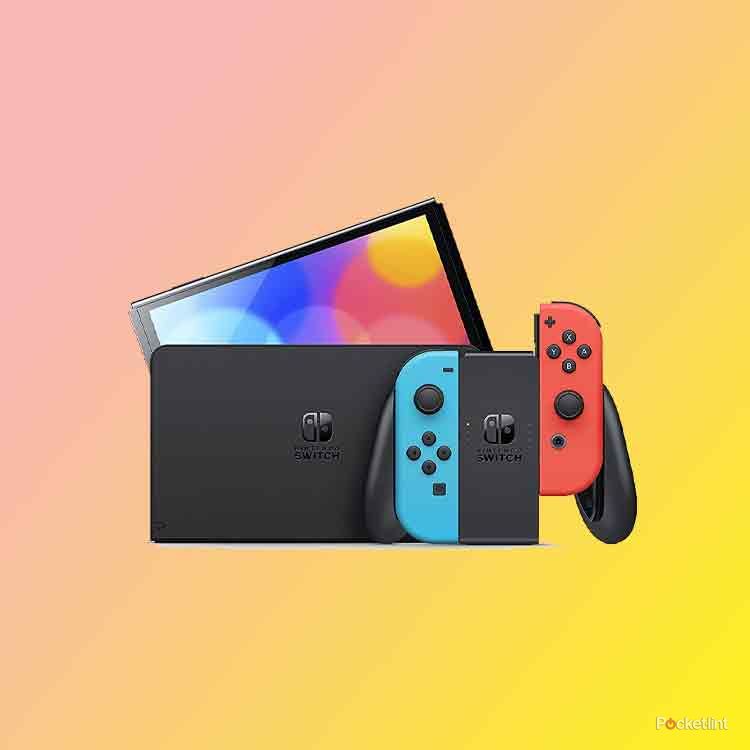
Nintendo Switch OLED
$315 $0 Save $-315
The latest Switch models makes a hugely telling upgrade to its screen for a transformative change in presentation, but runs all the same games as the standard version.
-
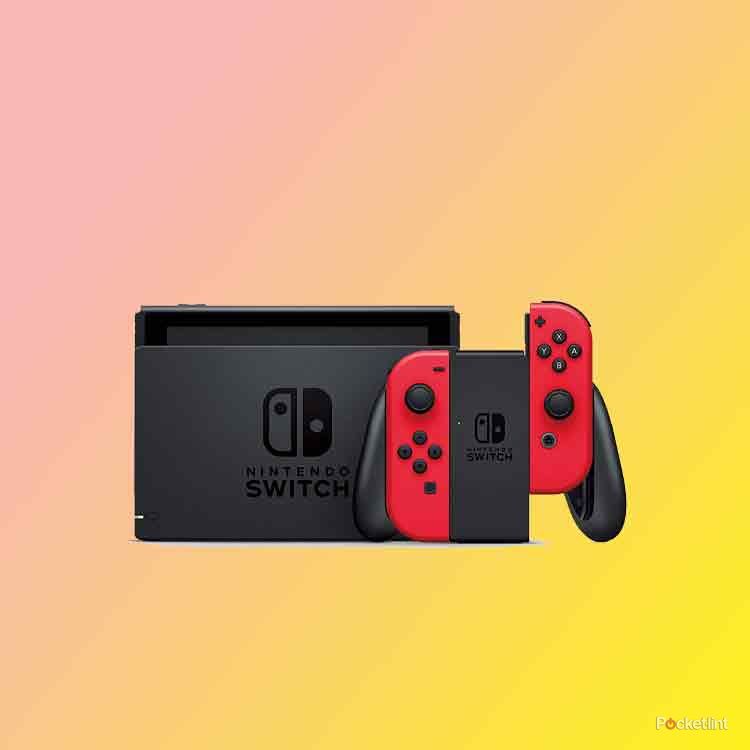
Nintendo Switch
$234 $0 Save $-234
It’s now pretty old, but the Switch still represents great value and is more affordable than its OLED sibling, with access to an identical library of titles and the same performance levels.
It’s now been a few years since Nintendo shook up its Switch lineup with a new model that upgraded the console’s built-in screen massively.
But what exactly does the Nintendo Switch (OLED model) have over the standard Switch? And, as the older model is also still readily available, which should you choose?
Here’s how they stack up when compared head-to-head.
Price and specs
There are some key differences between the Switch OLED and the standard Switch that can be summed up pretty easily by comparing them directly.
The Nintendo Switch OLED has a number of new features – a larger screen, for starters – but beneath the hood, it’s essentially the same as the existing Switch.
-
Nintendo Switch OLED Nintendo Switch Dimensions 102 x 242 x 13.9mm 102 x 239 x 13.9mm Weight 320g (420g with Joy-Cons) 297g (398g with Joy-Cons) Chipset Nvidia Tegra X1 Nvidia Tegra X1 RAM 4GB 4GB Storage 64GB expandable 32GB expandable Headset Compatibility Bluetooth and wired Bluetooth and wired Display 7-inch OLED 6.2-inch LCD Output resolution 720p (handheld), 1080p (TV) 720p (handheld), 1080p (TV)
This includes the battery, which is the same capacity for each model. Both consoles also come with the exact same processing unit – a custom version of the Nvidia Tegra X1 – plus 4GB of RAM. They also each share similar screen specs, with a 720p60 resolution in handheld mode, 1080p60 when docked and plugged into a TV.
This effectively means that all the same Nintendo Switch games work across both consoles. Accessories too – including the Joy-Con controllers – as the size of each console unit is more or less the same.
Both come with a dock, two Joy-Con controllers, and a Joy-Con grip to turn them into a more conventional gamepad.
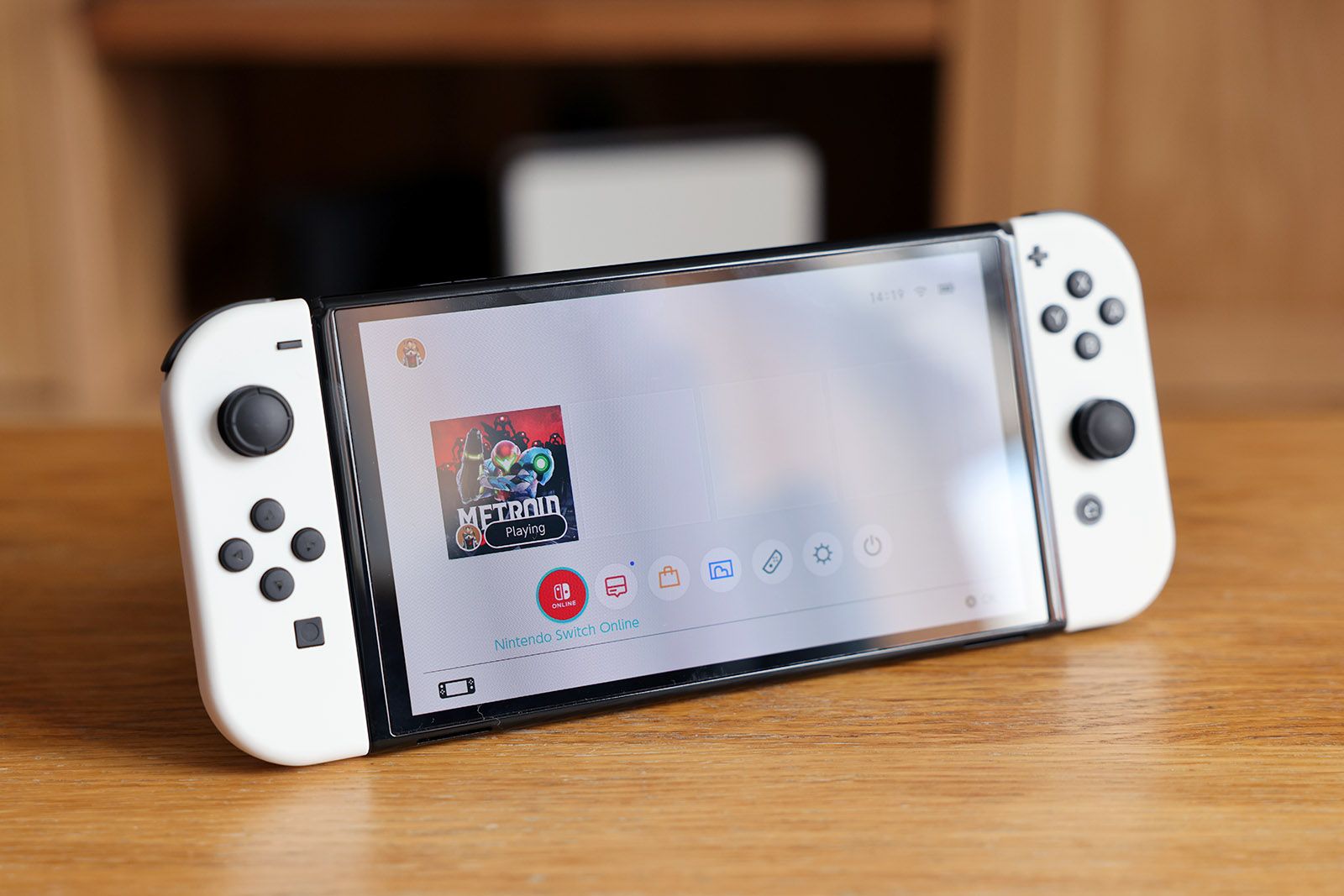 What’s different?
What’s different?
There are a few key differences between the Nintendo Switch (OLED model) and the original Switch.
Size and weight
In terms of size and weight, there is little between them, even though the Switch OLED has a larger display. It’s the bezel that has shrunk on the OLED version, allowing for a bigger screen but retaining the same overall console height. This is the reason the Joy-Cons are still compatible.
The Switch OLED is fractionally longer and slightly heavier, but you really won’t notice the difference.
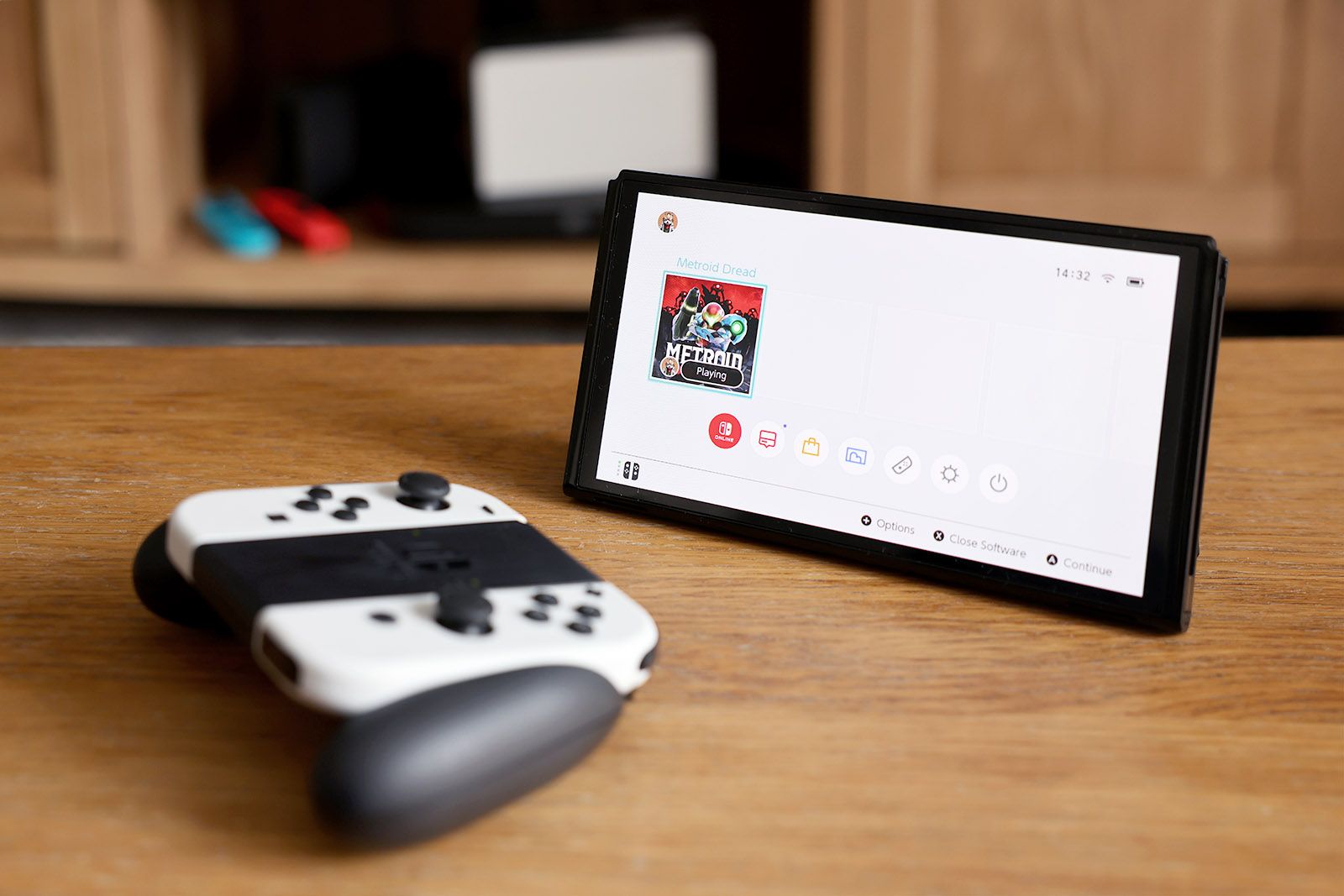 Display
Display
By far and away, the biggest difference between the models is the display.
As the latest model’s name suggests, it sports an OLED panel, which provides better colour accuracy, higher contrast, and overall better picture performance. It also has a wider viewing angle in comparison to the LCD panel used in the standard Switch.
The OLED panel has a cooler white output that gives it the impression of extra brightness – it’s a “cleaner” looking image.
Also, thanks to the lack of a backlight (OLED pixels are self-illuminating), the screen doesn’t require as large a bezel (as mentioned above). That means the Switch OLED comes with a 7-inch display without increasing the size of the console itself. The standard Switch screen is 6.2 inches.
Built-in kickstand
While the original Switch features a built-in kickstand, it’s tiny – at about 10mm wide – and not great at supporting the console for desktop mode.
The Switch OLED has a much beefier kickstand. Not only does it run across the width of the rear, but it’s also adjustable through a wide range of angles. This makes for better repositioning for desktop play.
The MicroSD card slot is tucked behind each console’s kickstand.
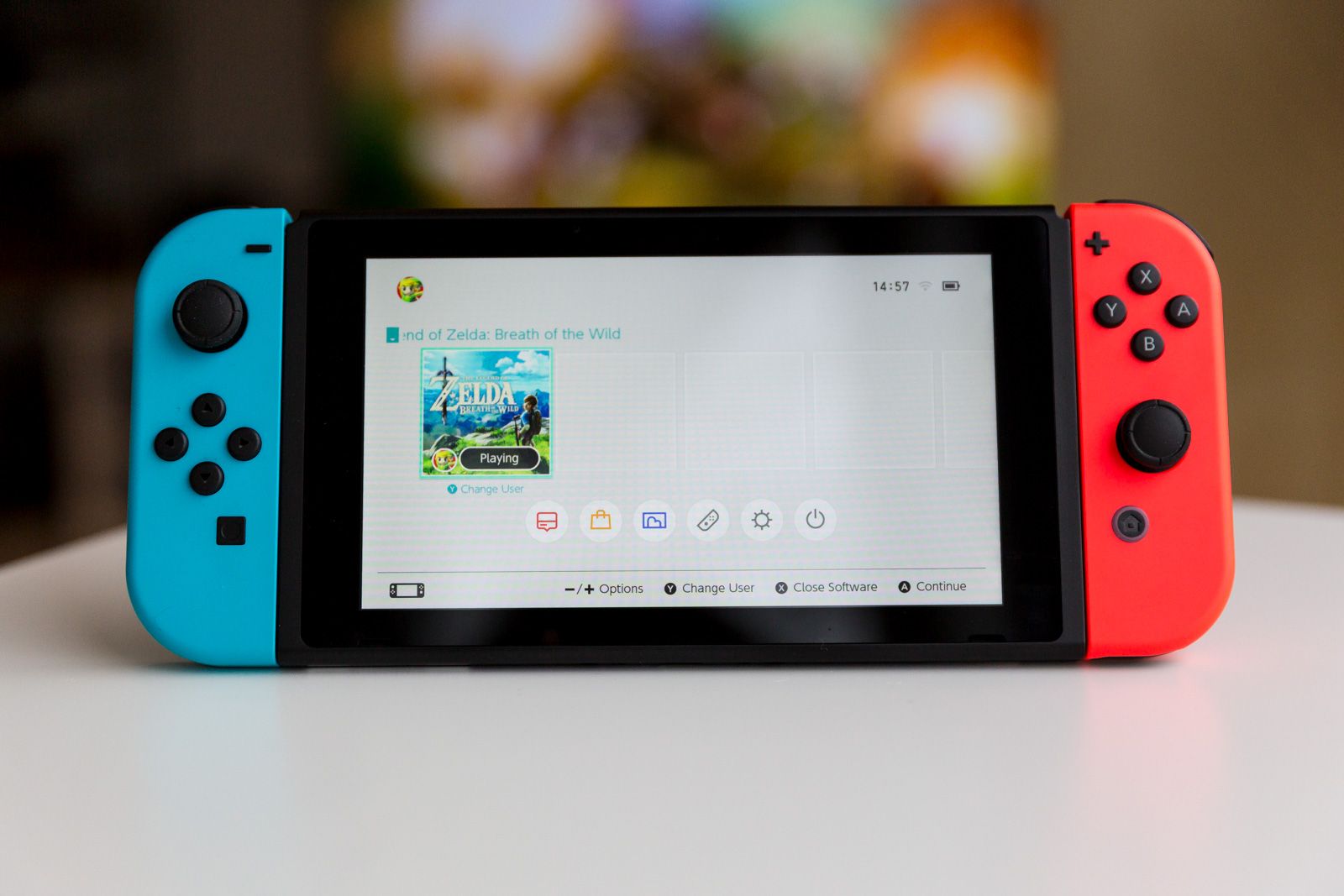 Colour options
Colour options
While both consoles come in the classic ‘Neon’ colour option (one Joy-Con is blue, the other is red), the Switch OLED is also available in a standout white option, which looks nice and clean. Even the dock is white for this model – it’s usually only in black plastic.
There have been several special edition versions of the standard Switch over the years, as well as a grey variant, and these are now typically produced for the OLED instead, such at the current impressive The Legend of Zelda: Tears of the Kingdom limited edition console.
Storage
The Nintendo Switch (OLED model) comes with double the storage capacity, which means you will be able to install twice as many games. However, 64GB is still relatively meagre, so you will want to buy a microSD card separately anyway – so factor in that cost. We’ve always considered it a mandatory requirement for the standard Switch.
Dock
Both consoles come with a charging dock that also carries TV connectivity. They each sport two USB 2.1 ports to their side and an HDMI output.
The big difference between the standard and OLED docks is that the latter now comes with wired internet connectivity too – in the form of a LAN port. This is instead of the hidden USB socket on the rear of the old Switch. You can only connect the standard Switch via Wi-Fi.
Pocket-lint
When docked, both consoles output 1080p60 and up to 5.1 PCM audio.
It’s also worth noting that the dock for the Switch OLED is also available to purchase separately and is compatible with the older Switch.
Audio
The Switch OLED has fractionally enhanced sound output. Its speakers are ported slightly differently, to deliver louder and more immersive sound.
Both come with support for Bluetooth and wired headphones.
Conclusion
If you already own a Switch, it’s a tough upsell to upgrade to the OLED, especially if you play mostly on the TV, where you’ll notice almost literally no differences.
However, if you’re a new buyer without an existing Switch, there’s no competition in our minds and having used both extensively – the OLED model is undoubtedly the best you can get. You will have to stretch your budget as it’s $50 more expensive than the standard version, but we do think it’s worth it – that screen really is that good. That said, if you don’t have the extra cash, the original Switch is still an awesome machine.
Trending Products

Cooler Master MasterBox Q300L Micro-ATX Tower with Magnetic Design Dust Filter, Transparent Acrylic Side Panel…

ASUS TUF Gaming GT301 ZAKU II Edition ATX mid-Tower Compact case with Tempered Glass Side Panel, Honeycomb Front Panel…

ASUS TUF Gaming GT501 Mid-Tower Computer Case for up to EATX Motherboards with USB 3.0 Front Panel Cases GT501/GRY/WITH…

be quiet! Pure Base 500DX Black, Mid Tower ATX case, ARGB, 3 pre-installed Pure Wings 2, BGW37, tempered glass window

ASUS ROG Strix Helios GX601 White Edition RGB Mid-Tower Computer Case for ATX/EATX Motherboards with tempered glass…











